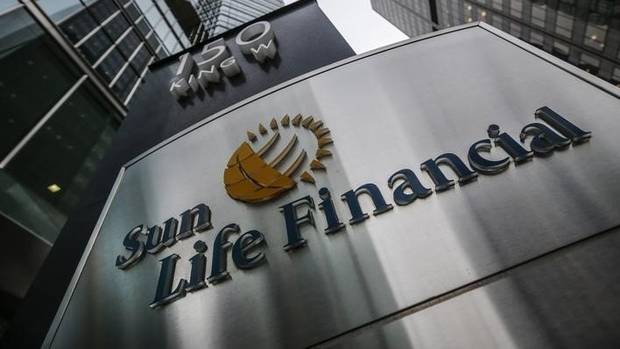Populism: Here Today, Still Here Tomorrow
by Darren Williams, Guy Bruten, Fernando J. Losada, Fixed Income, AllianceBernstein
Today’s populism has grown rapidly, but its roots run deep. We expect that the social and economic trends that have caused it will last long after the current crop of populist leaders has faded from the scene. Investors should take notice.
The drivers of populism’s rise in the West today fall into three broad and overlapping categories: economic insecurity, social insecurity and political ineffectiveness. They run deep and wide: each trend has been taking shape over a generation.
Economic insecurity stems from rising income inequality and stagnation in average real incomes.The beginnings of today’s insecurity can be traced back to the political sea change in the 1980s, particularly in the UK under Prime Minister Margaret Thatcher and the US under President Ronald Reagan.
Income inequality had fallen steeply from the early part of the 20th century as a result of two world wars, the Great Depression, post-war reconstruction and the rise of the welfare state. The changes were particularly notable in the US: Real income growth for the bottom half of wage earners between 1946 and 1980 increased by 102%. For the top 0.1%, the increase was 54%.
Between 1980 and 2014—which began with the free-market economic policies of Thatcher and Reagan and included the global financial crisis—the picture changed dramatically. Real income growth for the bottom 50% of US income earners was just 1%; for the top 0.1%, it was 321%.
WORKERS SQUEEZED AT HOME AND ABROAD
While income inequality has risen in the developed world, global inequality has declined, as emerging economies have started to benefit from globalization, as evidenced by changes in the distribution of real income between 1988 and 2008 (Display).
Workers in the middle-income distribution in many emerging markets, including China, saw spectacular growth in income over that 20-year period (point A) as did workers in the upper end of the distribution in developed economies (C). But for workers in the low- to middle-income bracket, especially in the US, income largely stagnated (B).

Workers in that last group see themselves being overtaken not only by those further up the income distribution in their own economies, but also by those gaining on them in other economies.
But income inequality only partly explains populism. The increase in income inequality has been far less pronounced in France than it has been in the US—even though populism has become almost as great a political force in France as it has in the US (Display).

These types of shifts in income distribution can feed the sense of social insecurity. Communities are being disrupted by economic and cultural changes, driven by factors including immigration, trade, globalization and technology.
PERCEPTION VS. REALITY
Some caution is necessary here: perception can play a big part in the sense of insecurity.
It’s hard to find a robust statistical relationship between immigration levels and the share of votes going to populist parties. But the perceived threat of immigration was clearly a factor in the Brexit vote and has become a dominant theme in French politics.
Perceptions can be strong, which is why both mainstream and populist politicians use them. For populists, the perception of political ineffectiveness is particularly useful: it compounds the sense among ordinary people that they’ve been left behind and that the system doesn’t work for them.
To encourage this view, populists can easily exploit institutions such as supranational entities (the European Union and International Monetary Fund) and unelected technocrats (judges and central bankers). These institutions are painted as taking authority away from democratically elected national governments. This was a key narrative of the Brexit campaign.
EXPECT MORE OF THE SAME
The fundamental causes of the rise in populism are deep-rooted and there don’t seem to be easy fixes. Even if today’s populist politicians were to fade from the scene, we expect the forces that brought them there in the first place would continue to bubble away under the surface.
In other words, we should expect more—not less—of this political dynamic. Investors need to understand the lessons of populist episodes in the past, and their implications for policy and investment today.
The views expressed herein do not constitute research, investment advice or trade recommendations and do not necessarily represent the views of all AB portfolio-management teams.
Copyright © AllianceBernstein













